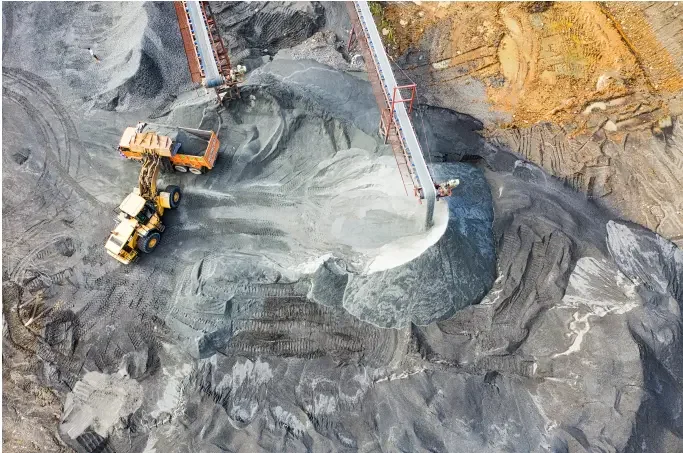15 Feb 2023
Rare Earth Elements: Uses and Implications of New Discoveries
Rare earth elements (REEs) are a group of 17 elements that are crucial for the production of a wide range of high-tech products. Ironically, REEs are not “rare” and are found abundantly throughout the world, however, when found they are in such low concentrations that extraction is not feasible. Furthermore, when found in higher concentrations they must be separated from other elements, a process that is both environmentally and financially costly.
REEs are vital for several industries and are used in electronics, military technology, and most importantly, renewable energy. Although substitutes exist for REEs with producers attempting to replace them, REEs continue to be more effective, therefore, given their importance in the production of renewable technologies such as wind turbines and electric vehicles, demand is expected to increase, with the European Union (EU) alone expecting REEs needs to increase fivefold as it and the rest of the world transitions to net-zero.
Currently, China dominates the global REEs market, accounting for over 35% of the world’s REEs reserves and 70% of production. China's domination of the REEs market has raised concerns over supply chain security, dependence on China, and China’s use of REEs as a political bargaining piece; such as when it cut exports to Japan following the arrest of a Chinese sailor by Japan. Recently, discoveries of REE deposits in Norway and Sweden have made headlines. The discoveries could have the potential to disrupt the market and have far-reaching implications.
7 Feb 2023
RoboCop: AI’s Impact on the Future of Police
On November 30th, the San Diego police department received approval from supervisors to deploy robots with lethal capabilities in emergency situations, making it the second California city to publicly discuss the use of remote lethal force after Oakland in October 2022. The decision generated immediate backlash which pushed supervisors to put the program on hold following a vote on December 6th.
San Diego and Oakland may have halted the use of “killer robots” for now, but they have been used previously in the United States after Dallas police used a robot to kill a mass shooter in 2016. The mass shooter had already killed five police officers and injured dozens more. The robot was equipped with an explosive, then moved to a wall behind the shooter, then the bombs exploded killing the mass shooter and slightly damaging the robots arm, marking the first usage of a “killer robot” by U.S. law enforcement.
Robots in domestic law enforcement are not unusual in U.S. police departments, and many have operated robots for close to a decade but they have been used to inspect suspicious packages or deliver items during hostage negotiations without risking police officers and until 2016 not for lethal purposes.

